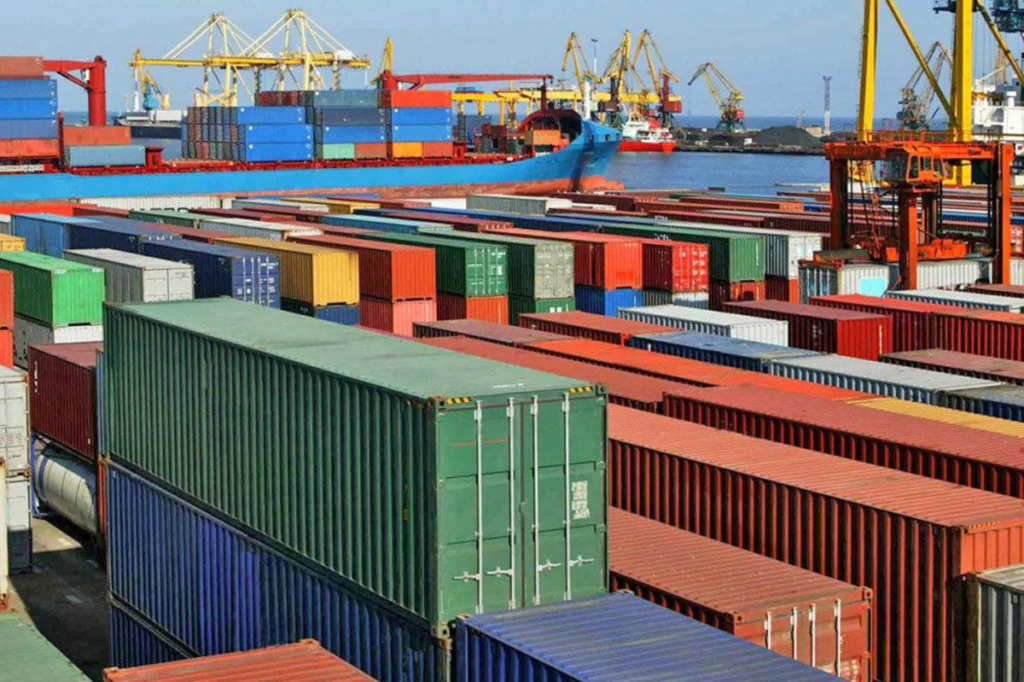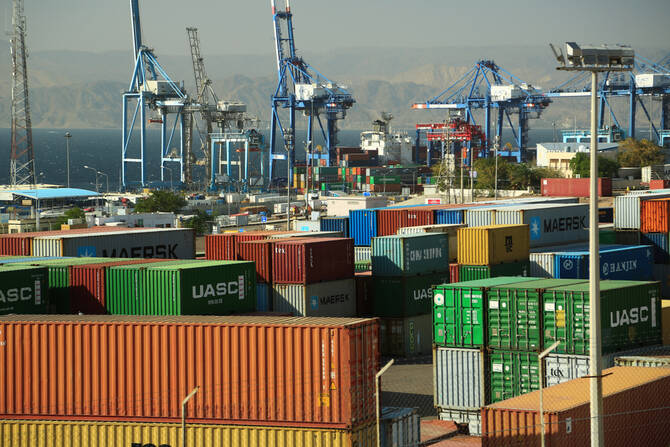Introduction
Jordan’s trade landscape has taken a positive turn, with exports to GAFTA (Greater Arab Free Trade Area) countries climbing by 12.2% in the first quarter of 2024. This notable increase underscores the growing strength of intra-Arab trade and Jordan’s evolving role in the region’s economic ecosystem. In this blog, we explore the top five factors behind this impressive export growth.



1. Rising Regional Demand for Jordanian Products
One of the primary drivers of this export surge is a spike in demand for Jordanian goods across neighboring Arab markets. Jordan’s pharmaceutical products, agricultural produce, and chemicals have been particularly in demand in countries like Saudi Arabia, the UAE, and Iraq.
- Jordanian pharmaceuticals are known for quality and affordability.
- Fresh produce exports benefited from improved logistics and agricultural investment.
- Exports of potash and phosphate fertilizers have surged due to regional agricultural demand.
2. Strengthening of GAFTA Framework
The GAFTA agreement, designed to eliminate tariffs among Arab League countries, has continued to yield positive outcomes. Trade barriers have been further reduced in recent months, enhancing the free flow of goods between Jordan and other member states.
Jordan’s Ministry of Industry and Trade has also pushed for improved compliance and efficiency in customs procedures, making cross-border trade smoother and faster.
3. Diplomatic and Trade Engagements
Jordan’s proactive diplomatic outreach has played a crucial role in boosting trade. In early 2024, Amman hosted several bilateral trade talks with key GAFTA partners, resulting in expanded export quotas and joint ventures in the energy and manufacturing sectors.
Such engagements have not only improved trade terms but also enhanced investor confidence in Jordan’s export capabilities.
4. Investment in Export Infrastructure
Jordan has recently invested in enhancing its export infrastructure. Upgrades to the Aqaba port and improvements in inland logistics have reduced delivery times and costs, making Jordanian products more competitive regionally.
- New customs clearance systems at border checkpoints.
- Expansion of refrigerated storage facilities for perishable goods.
- Improved rail and road links for better regional access.
5. Diversification of Export Goods
Jordan has broadened its export portfolio, venturing into new product categories and value-added manufacturing. With a growing number of SMEs entering the export market, the country has seen increased shipments of processed foods, textiles, and electronics components.
This diversification strategy has not only improved trade volumes but also insulated Jordan’s exports from sector-specific downturns.
Conclusion
The 12.2% rise in Jordan’s exports to GAFTA countries marks a promising chapter in the kingdom’s trade strategy. From enhanced infrastructure and diplomatic engagements to regional demand and policy reforms, several interconnected factors are at play. As Jordan continues to position itself as a central trade hub in the Arab world, sustained export growth to GAFTA nations could drive long-term economic resilience and regional integration.
To explore broader trends shaping the region’s economy, check out our article on Middle East Trade Trends 2024.








